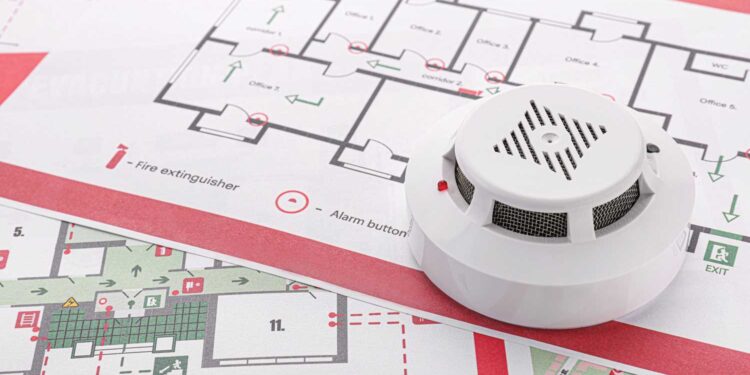Four steps to keep your staff and community safe to avoid and plan for non-water-based emergencies.
Managing an aquatics or recreational facility requires preparation for all types of accidents or incidents that could result in a drowning-related emergency. However, there are many other types of issues that can arise in such facilities that require preparation of a different plan of action.
For example, it is important to consider natural disasters such as earthquakes, hurricanes, tornadoes, fires and floods, as well as emergency situations that arise from interactions between guests. Community recreation facilities are welcoming to those in need, but unfortunately this also exposes risk to other incidents that can become difficult to manage due to mental health issues or violence.
Below are four important steps to consider in order to better prepare for non-water-based emergencies in your facility:
1. Improve and Standardize Communication Tools and Processes
The most obvious and immediate way to prepare for such emergencies is to set up an improved communication process. Discuss with your team a history of previous incidents faced, ideally keeping a log of incidents and past perpetrators so they can be prepared should a dangerous or previously difficult person enter the building. Also, make sure to communicate with other facilities nearby in case they have experienced certain issues, emergencies or offenders that could become a risk to your community in the future.
2. Create Emergency Plans
Create a plan of action for a wide variety of emergencies and ensure your team has easy access to them at all times, especially during an emergency. Below are some example situations to include in your plan:
- Natural disasters such as fire, flood, earthquakes or storms.
- Power or network outages.
- Visitors who are violent or mentally ill.
- Radio or other technology malfunctions.
- Lack of personnel at the pool or front desk to guard or warn.
When creating an emergency plan, make sure to consult experts. This should include your local police as well as mental health consultants who can advise on how to handle situations that could become violent, or the best way to mitigate a situation involving an individual with mental health issues.
3. Prepare to Deal with Mental Health Situations
When a situation is violent, never hesitate to get the police involved. However, when dealing with a person who is mentally disturbed, having behavioral health services emergency contacts who can intervene may be a better option to consider, given their training. Many communities do have Crisis Intervention Teams (CIT) that train officers to handle these situations, so ask for a CIT officer, if possible, when reaching out to 911. When police officers arrive on the scene, be very clear if it is a mental health issue so they can best handle the situation.
4. Invest in Emergency Notification Equipment, Both Fixed and Mobile
While reaching out directly to a behavioral health contact or notifying the police is critical, you will also need a quick or simultaneous method of notifying on-site personnel and responders. Reporting methods should go beyond your phone system as there will likely be incidents where being mobile is a requirement. Ensure you have a system where employees can use their smartphones during an emergency, but consider augmenting further with wearable panic buttons or panic buttons that can be accessible under desks for faster reporting. Investing in equipment that can notify internal responders, as well as emergency services, within seconds from wherever you are could make all the difference in the world for your staff and community.










